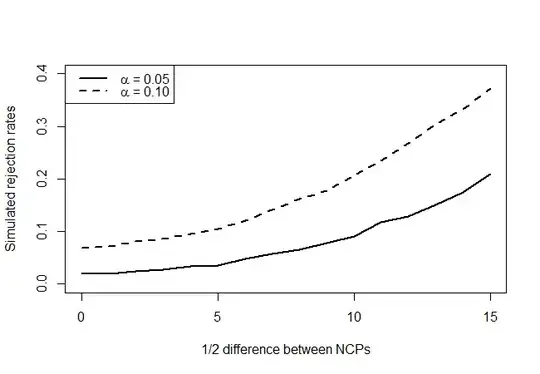I am doing some explorative work on two large datasets. One from 2001 and one from 2018. The dataset consists of measured soil-parameters and it contains lots of zero's.
From the transformations done in 2002 on the 2001 dataset, I have some notes written on the sideline of a LOGtransform graph: 'dataset contains '0'-values, 2 is highest number in column, so LOG(data+0.1)'.
The result of this transformation:

My Question: Where does this 0.1 come from in relation to the 2 (highest number in column, dataset)? What is this transformation called and what is the idea behind this kind of log transform?
I have the same skewness in my 2018 dataset, but the LOG(data+0,1) does't work as well. Also, can I compare the two with Repeated Measures ANOVA when the two log transformations have different numbers added to the data?